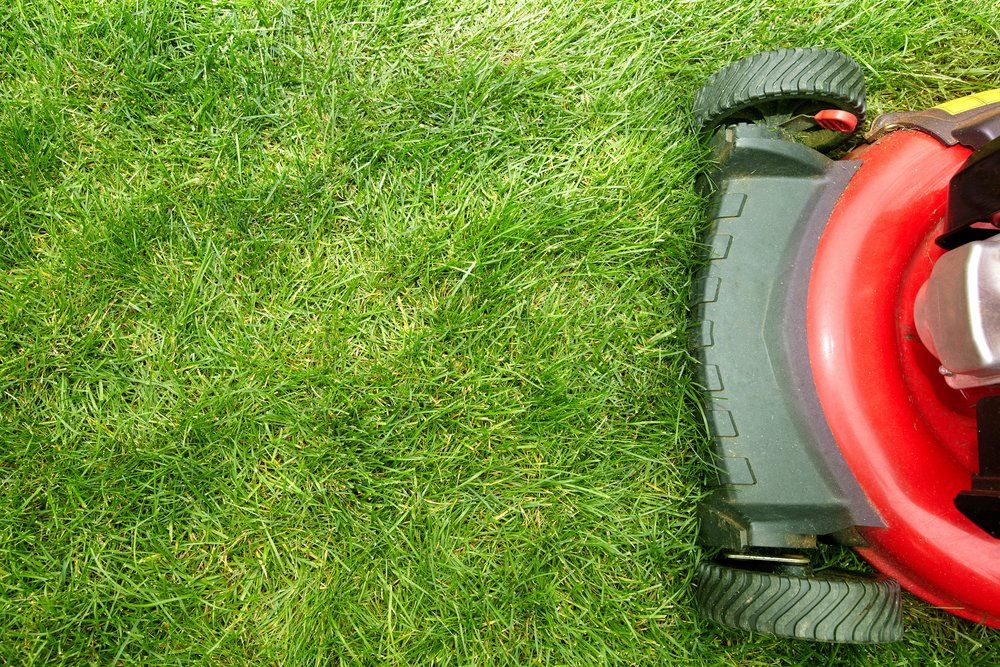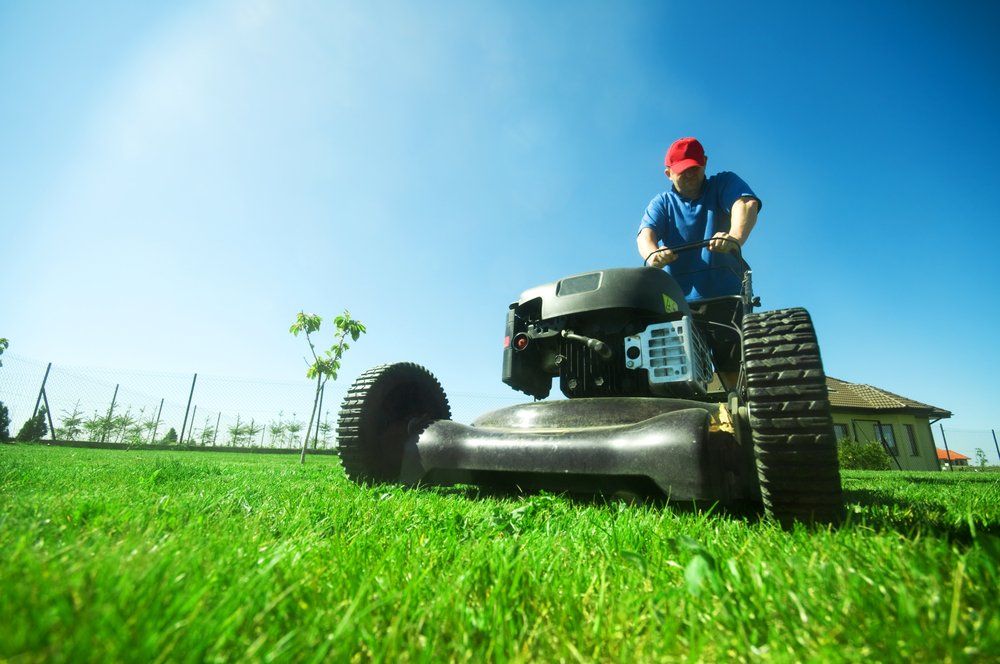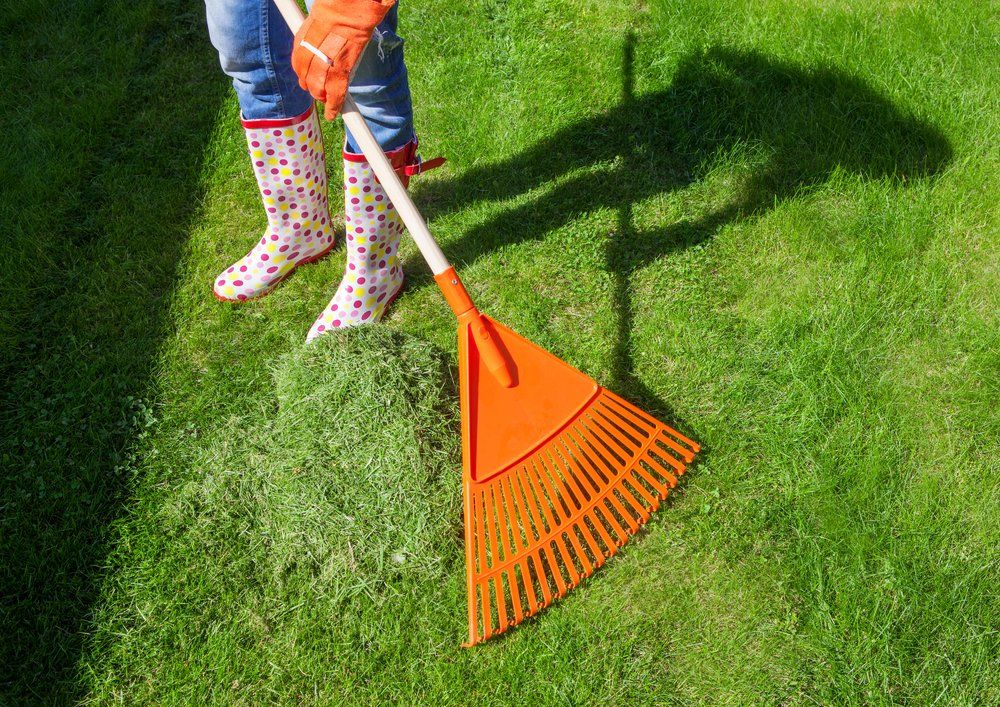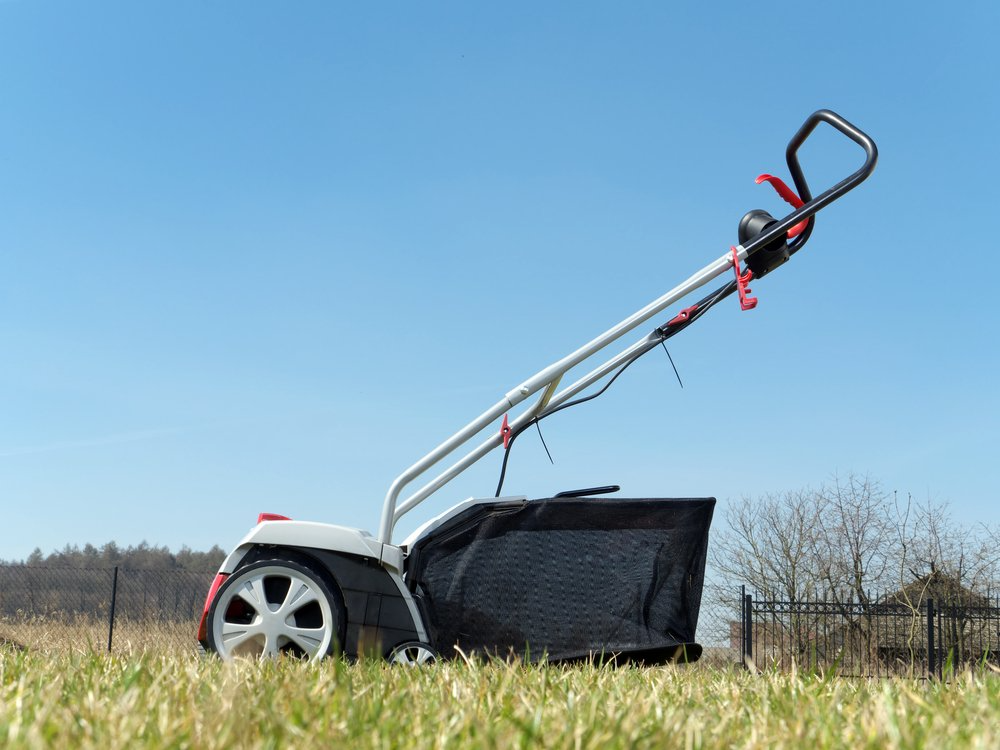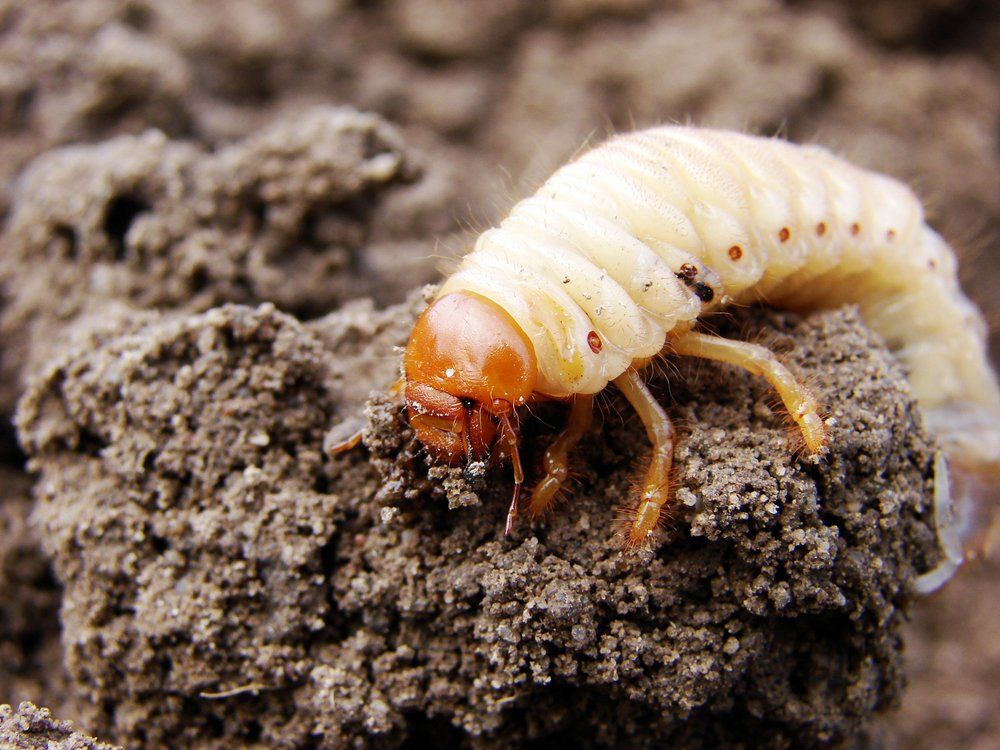Using a Remote Control Lawn Mower on a Slope
Most robotic mowers rely on perimeter wires anchored around your lawn and stay-out areas such as flower gardens or trees to guide their path. Others utilize GPS navigation, enabling you to program specific routes or even start them remotely in your garden.
Boundary Wire
A perimeter wire, also called a boundary cable, outlines the mowing area for robot mowers. Often connected at one end to an AC-powered base station that serves various functions - like charging them when docked - the other end is often placed along the edge of your lawn and staked down; creating an invisible magnetic field which keeps the robot within your yard while sending signals through this wire that let it know you want it not to leave its designated boundaries.
Most mowers that utilize this technology come equipped with a kit specifically for installing boundary wire and charging stations, while some even offer professional installation of both.
Planning your wire layout carefully is vitally important. Failing to leave enough distance between the boundary line and hard objects such as fences and walls could result in your robot returning time after time to these places, while flower beds or soft bushes should be set back at least 10 cm (4 in). Furthermore, flower beds or soft bushes could get caught between hard objects like fences or walls and flowerbeds or soft bushes if too close together may get caught between their edges and hard objects like fences or walls causing your mower to get stuck between these objects and hard objects like fences or walls over time becoming invisible as grass grows over them both options over time as grass grows over them both.
Collision Detection
Some robotic mowers come equipped with sensors that detect obstacles, automatically retracting their blades to avoid injuring children or pets. Others feature PIN codes to deter theft while some even feature docking stations which stop working if someone stops or lifts it.
At this research site, several robotic mowers were tested with dead hedgehogs (weight class 1) as test dummies to see their reactions when one ran into them. Some machines could detect juvenile hedgehogs dependent on them and change direction accordingly; other failed to do so and drove straight over them, leading them to sustain significant injuries such as puncture wounds or even decapitation of their legs.
All models used in this research had pivoting blades, which are significantly less likely to cause serious injury and require significantly less power than their fixed counterparts. Furthermore, their front wheels are suspended to provide extra stability over uneven surfaces - making these robot mowers much safer for children to use than traditional lawnmowers. Unfortunately though, they're not designed for steep inclines - if your garden contains hills then an edger or trimmer would likely be more appropriate.
Electronic Height Adjustment
Operating a remote controlled mower on a slope can be challenging without the right features, but not with the new Ferris FRC7! Its user-friendly interface and intuitive controls will enable effortless lawn care even on challenging terrain.
Reduced throttle inputs make controlling a mower during mowing easier, conserving fuel, reducing noise pollution and saving both time and effort. You won't need to go back-and-forth between checking on it every now and then.
Another feature that makes this mower stand out is the ability to customize the cutting height, which is ideal for areas with tall grass that needs cutting. Furthermore, leaving grass clippings on your lawn rather than bagging them can provide nutrients directly back into your garden and benefit both its ecosystem and you as a gardener.
This robotic mower features a modular design to maximize performance and ease of operation. Crafted from mild steel, its body is divided into upper and lower halves: the former houses the drive motor, Ardupilot, GPS antenna, an ON/OFF button and ON/OFF button while its underbelly houses battery modules with cutting mechanisms; it also comes equipped with an LED battery level indicator which indicates green (full), yellow (some charge remaining), or red battery status indicators for easy monitoring of operation.
GPS
GPS systems can be an excellent addition to robotic lawn mowers, especially with regards to theft deterrence. Unfortunately, however, they can also suffer from atmospheric distortion, signal reflection and other challenges like being blocked from seeing satellites due to trees/walls (similar to what happens with your mobile phone signal).
Manufacturers increasingly use RTK on robot lawn mowers, enabling them to work even when there is no direct line-of-sight with GPS satellites. To do this, a base station equipped with an additional GPS receiver provides corrections that can then be compared against the signal received from the mower itself.
Lawn mowers use this information to pinpoint their position and navigate through their mowing area more precisely and reliably than simply relying on GPS alone.
Some mowers like lincoln lawn care incorporate RTK systems directly into their base, while for others you can purchase an upgrade kit to add one. An intriguing approach being developed by New Zealand-based Conga is also worth looking into; their approach looks quite retro while taking the approach that a single mower itself can learn to recognize grass/objects similar to what robotic vacuum cleaners can.



